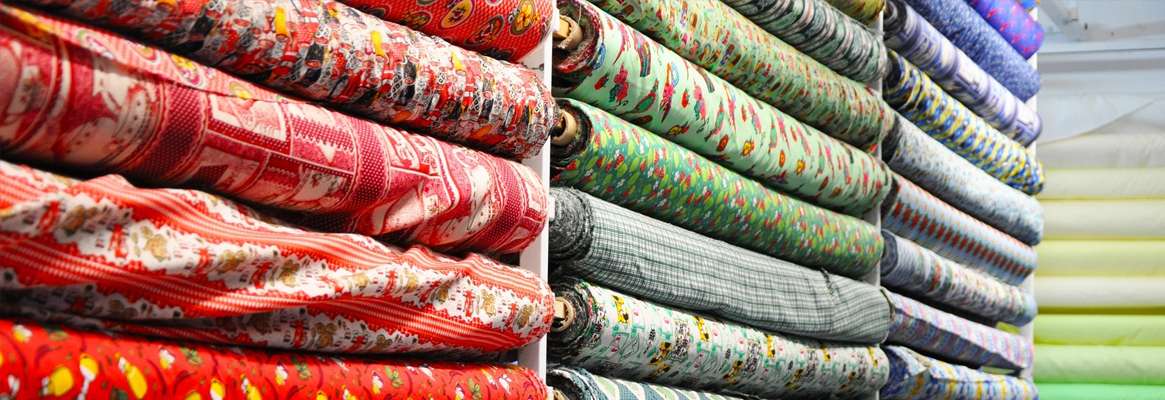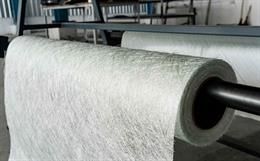New markets and new technologies offer growth opportunitiesfor the nonwoven industry are some of my gleanings from a foresightpresentation made by General Motors technical experts recently in Lubbock. At present, it would appear bizarre to seek the advice of automakers given all theturmoils they have gone through and still struggling. However, automakers haveshown time and again that they weather the crisis and become commerciallyviable. Automotive sector remains an important customer for the nonwovensindustry and hence it will be worth watching them. Any new insights on thetechnology development from the auto sector will be of great benefit for thenonwovens industry to plan ahead. A recent presentation on the Future ofPersonal Transportation made by Dr. Gary Smyth, Director, PropulsionSystems Research Lab and Dr. Sanjeev Naik, Lab group Manager, Electric Drives& Power Electronics Systems, GM Research and Development presents an optimisticscenario for our industry. Automotive industry is poised for changes both interms of new markets and new technologies which can be advantageous to ourindustry.
According to Smyth and Naik, rapid growth will be in 11 emergingmarkets and the technological development in the automotive sector will drivethis industry in developed economies. Given the general rule that, on anaverage 20 square yards of nonwoven fabrics are used in every automobile, thegrowth forecast and the advancement in technologies are positive news for thenonwovens and technical textiles sector.
Salient Points of Interest for Our Industry from GM
According to Drs. Smyth and Naik, the growth in theautomotive sector will happen due to the following reasons.
Growth in New Markets
Automobile use in the new markets will be driven by thesefour factors:
The global automotive industry which currently has 820million vehicles will grow to over 1 billion vehicles by 2020. In other words,during this decade, the vehicle ownership rate globally will change from 12-15%with addition of over 180 million vehicles on the road. According to GM experts,70 % of the growth will be in 11 emerging markets. The growth areas are Brazil, Russia, India, China, South Africa, Poland, Turkey, South Korea, Thailand, Malaysia and Mexico. The prediction from GM is that there are many countries in play apart from theBRIC countries. Like the nonwovens industry, where growth is related to the risein GDP, the automotive sector is also highly correlated with the GDP growth.The 11 emerging countries currently have 200 or less vehicles per thousandpersons, whereas USA and Japan have 700 vehicles per thousand persons. Thisfigure tells a lot about the growth potential in new markets.
Opportunities for the Nonwovens Industry
- The automotive sector will grow to reach 15 % vehicle ownership rate globally by 2020. This means there will be need for nonwoven products, which are environmentally friendly and meet the requirements of the global auto industry.
- The growth will be predominantly in BRIC and other countries as mentioned above. Therefore, it will be of interest for our industry to look for opportunities such as joint ventures, technology licensing and even manufacturing in the 11 emerging markets.
- The sustainability issue will demand lighter and highly fuel efficient vehicles. Therefore, opportunities exist for recycled and environmentally sustainable products such as natural fiber nonwovens, recycled nonwovens and lighter composites.
- Infrastructure investments will drive the nonwovens industry. With the growth in automobiles, new parkways and highways have to be built. This lends opportunities for nonwovens and technical textiles in infrastructure and geo-textiles markets.
Urbanizationwill support the growth of the nonwovens industry. With the economic growth,the world will be more urbanized meaning more use of single-use and life-styleenhancing products. According to the GM scientists, the world will shift tobeing 60% urbanized by 2030 with 80 % of the wealth. More cities will emergewith greater middle income population. By 2020, there will be 27 mega cities(over 10 million population) and 9 hyper cities (over 20 million population).
Optimistic Future for the Nonwovens Industry
Industry reports estimate the growth of the nonwovens sector in the US and Europe to be around 5-6%, India around 11-13% and China around 15%. The growth of the nonwovens sector is tied with the growth of the automobiles sector worldwide. According to GM, worldwide auto sector is a growth industry with estimated sales of over 90 million vehicles in the year, 2017. Certainly, this estimate gives our industry an optimistic future.
In the United States by 2050, the green house gas emissions should be at 20% of the 2005 emission levels. Therefore, automobile sector has to look for lighter and environmentally benign products. To accomplish this goal of automobile industry, the nonwovens sector has to be a vital player. The challenges for the automobile industry are the blessings for the nonwovens sector. According to Gary Smyth and Sanjeev Naik of GM, these are:
- Emerging
- Environment
- Safety
- Congestion.
So, nonwoven products can contribute to the sustainability
and the growth of the automobile and other industrial sectors. Nonwoven
products that are environmental friendly such as recycled products will
definitely find place in the next generation automobile models as they can
enhance the fuel efficiency, reduce the carbon foot print and decrease green
house gas emissions. Products such as battery separators, acoustic insulation
materials and filters will have greater potential. For example, nonwoven
applications in fuel cells will have new opportunities as the fuel cell
vehicles are considered to be one of the best technology options available for
the near future. Fuel cell based vehicles can give equivalent performance with
60 % fewer parts (light weight) compared to internal combustion driven units. Therefore,
nonwoven applications in battery separators, energy savings and sustainability have
to be seriously looked into as they are the wave of the future.
Thoughts for the Nonwovens Industry
- The growth of the automobile sector will translate into the nonwovens industry.
- New technical developments such as lighter and fuel efficient vehicles will demand environmentally sustainable and lighter products. Certainly, nonwovens sector has products that fit these requirements.
- There will be mega growth in 11 emerging markets. So the nonwoven industry should look into opportunities in off-shore investments. For instance, Renault-Nissan has just commissioned its 400, 000 vehicle capacity plant in Chennai, India. This year, the production is planned for 200, 000 vehicles. In addition, this January, GM had a growth of 70% in sales in China alone. These numbers give us a hint about the emerging markets.
- Nonwovens industry should take into consideration the business incentives in countries such as India, South Africa and look for opportunities beyond the traditional boundaries. With the growth in the automobile sector, infrastructure investments will grow. This gives increased opportunities for nonwoven products such as geo-textiles, insulation materials, construction materials, etc. For example, Indian government is planning for the development of highways at a rate of 20 kilometers per day at the very least.
A valuable insight from GM presentation is that the automotive industry will lead to the growth in the infrastructure sector which will lead to the growth of the nonwovens sector. The world will shift to being 60% urban which gives new markets and opportunities for the nonwovens industry. 70% of the growth in the automotive sector will be in the 11 emerging nations which will give new trade opportunities for the United States and Europe. Nonwoven products which can cater to environmental sustainability, energy efficiency and reduction in green house gas emissions and urban population needs will have tremendous growth opportunities.
In summary
According to the GM experts, it takes 3 cycles (15 years) for a new technology/model to emerge and then to hit the road. This means, a lead time of at least 15 years is available for our nonwovens industry to develop next generation products which can cater to the technology needs of the auto and other industries where we find nonwoven applications. The growth opportunities in the auto sector which will have over 1 billion vehicles in this decade and the requirements of next generation products that are environmentally sustainable, give our industry an optimistic future.
The author is associated with "Nonwovens and Advanced Materials Laboratory, Texas Tech University, Lubbock, USA"
The author has shared his views here after his discussion with two leading people from GM Corporation in Lubbock, USA.







